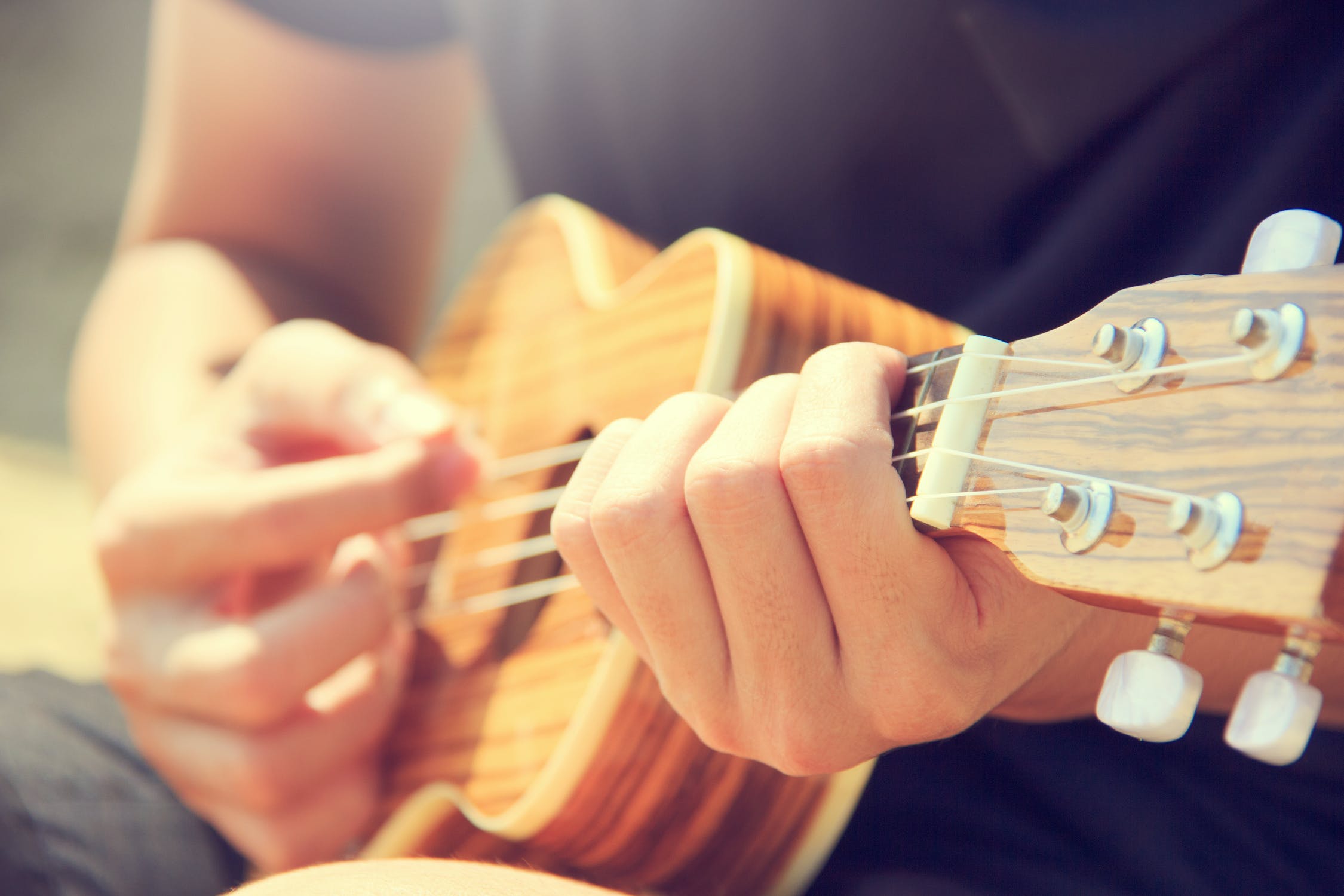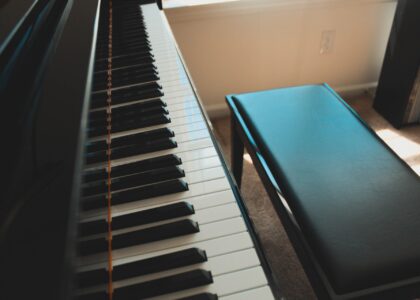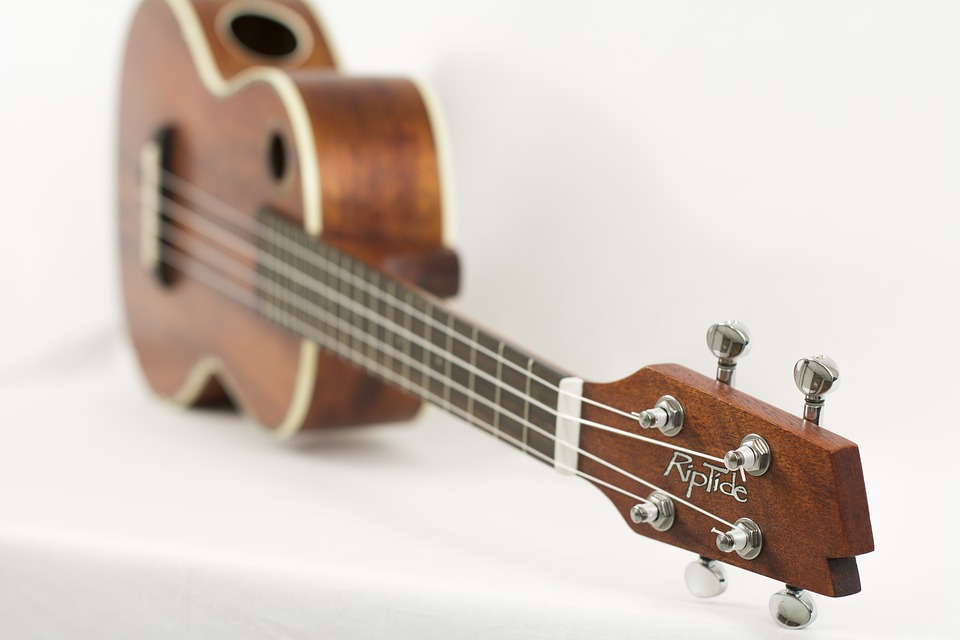The story of how the little guitar from Hawaii conquered the world.
All musical instruments are unique and each has its own fans. There are instruments with a solid centuries-old history, for which world-famous composers wrote their works, and there are those that appeared relatively recently, but quickly became popular around the world and loved by many. Ukulele is one of these instruments – a miniature Hawaiian guitar with 4 strings – which conquered almost the entire globe and continues to gain popularity.
History of the ukulele’s origins
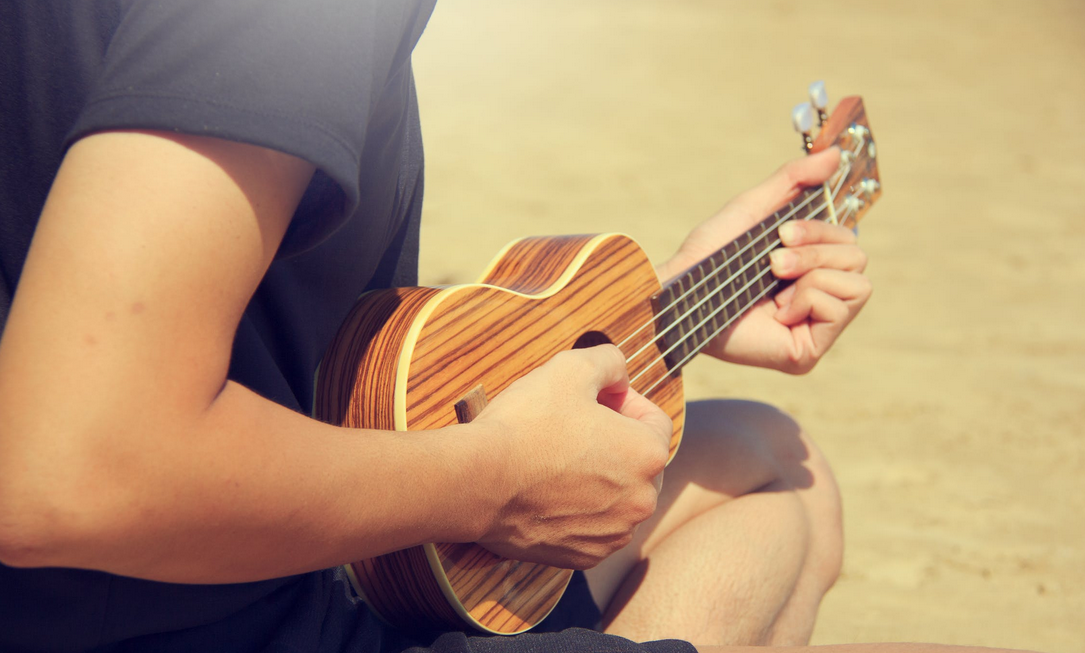
Kawakinyo – ancestor of ukulele guitarIn the old days, when there were still roving musicians walking around Europe, most of them were so poor that they did not have enough money even for food, not to mention guitars and lutes. So they got out of that situation by creating a smaller guitar with 4 strings. These guitars became very popular in Portugal and Brazil and were called macheti or cavaquinho.
It was these that Portuguese furniture makers Augusto Diaz, Jose do Esperito Santo, Manuelo Núñez and Joao Fernández brought to Hawaii in 1879. Initial plans to sell furniture didn’t work out, so they began to make musical instruments. After experimenting with the cavaquinho, they changed the body a little, the tuning became different, and thus the ukulele was born. It happened in 1886. They performed with their brainchild at a small feast, where King David Kalakaua and his niece were present. The king liked the instrument so much that he added it to the royal orchestra. The locals quickly learned to play the instrument and began to sing folk songs to its accompaniment.
World fame
Interest in Hawaiian music in America began to gain momentum after Hawaii was annexed into the United States in 1898. In 1899, steel guitarist Julie Paka arrived in San Francisco and soon, along with his wife and a small group of Hawaiian musicians, they began their performances as a lineup: steel guitar (or Hawaiian guitar), Spanish rhythm guitar and ukulele. By 1920, the ukulele’s popularity, like all things Hawaiian, was at its peak. The performance of the Royal Hawaiian Quartet and others at the International Pacific-Panamanian Exposition in San Francisco in 1915 played no small part in this.
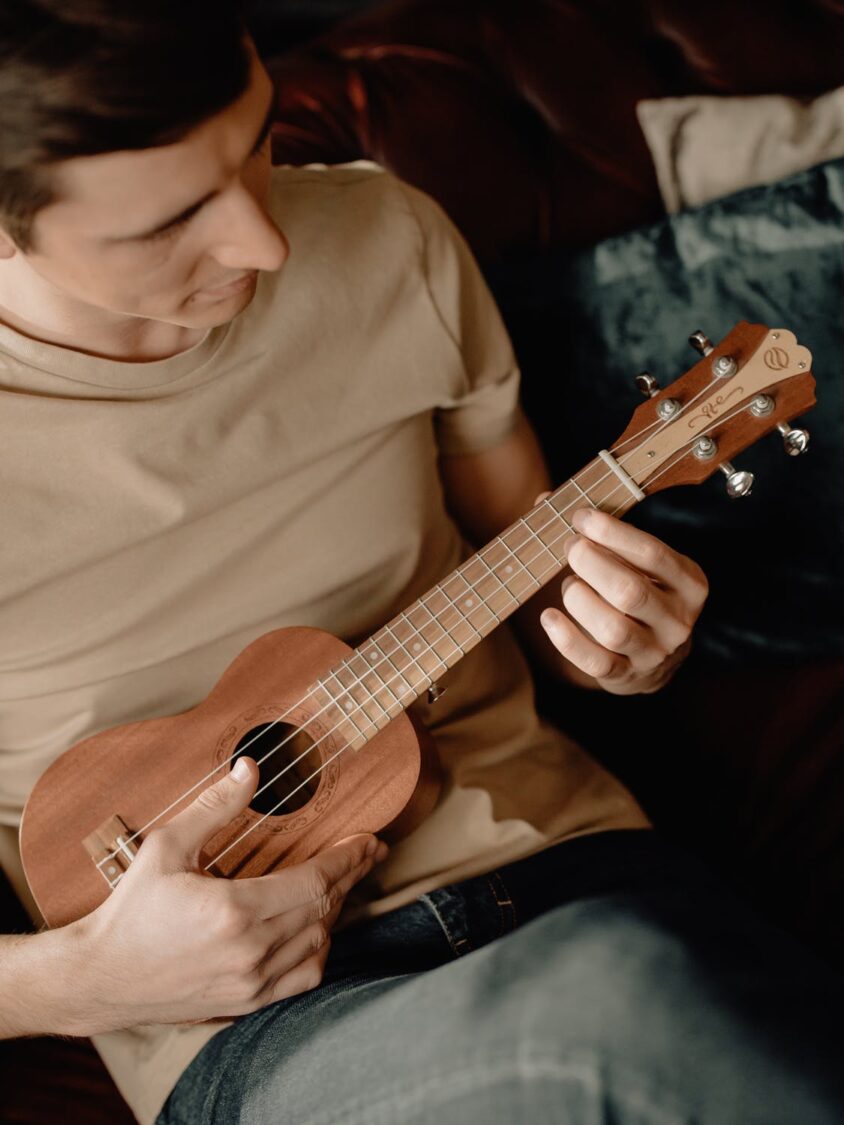
Several musical instrument companies are launching large-scale ukulele production in America. These include the Regal Musical Instrument Company, Harmony Company, and C. F. Martin & Company. Through experimentation and attempts at refinement, soprano, concert, tenor and baritone ukuleles emerge. Then, for a while there is a lull in the history of the ukulele and it is replaced by the banjolele, characterized by a louder sound. But after World War II, interest in Hawaiian music and the ukulele begins to revive again. Mario McCafferry opens up production of inexpensive plastic ukuleles, which sell out like hot buns. The fact that many pop and movie stars played this little guitar also helped to increase public interest. The ukulele can be heard in jazz compositions of the 1950s, 1960s and 1970s.
Now the ukulele is experiencing another wave of popularity again. And not surprisingly, the instrument is inexpensive and easy to learn to play. It can be bought as a gift, both for adults and children.

